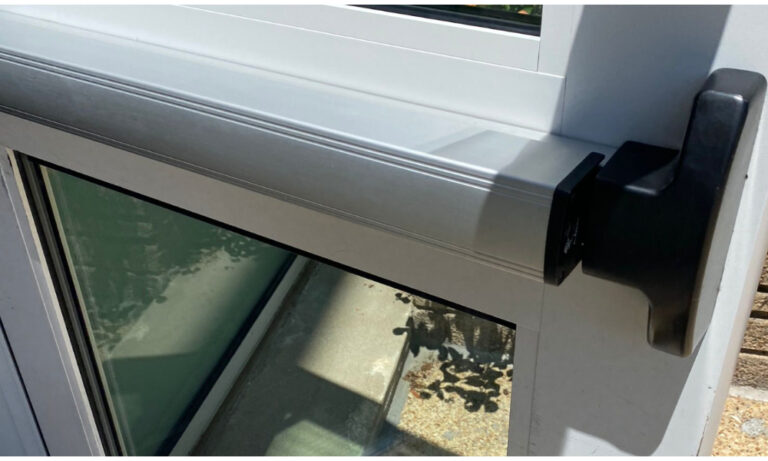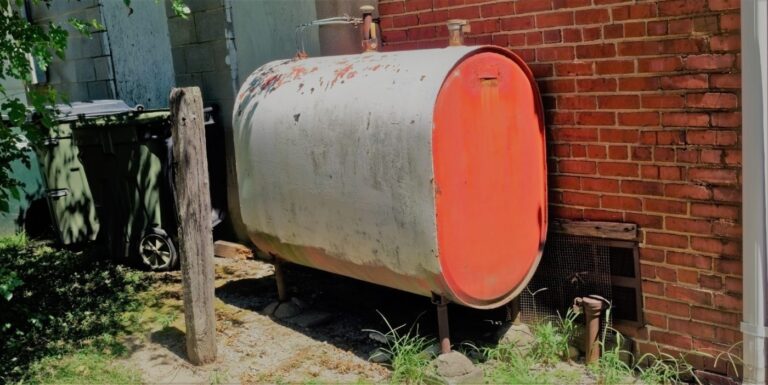
In households, cooking is a regular activity that not only brings warmth but also fills the air with inviting scents. However, this culinary process emits substances into the air that can influence its quality. Whether it’s a gas, electric, or induction stove, cooking releases particles like grease and cooking oils. If left unattended, these particles can linger in the air and settle on surfaces, potentially affecting indoor air quality and cleanliness. Therefore, proper management and ventilation are crucial to mitigate the impact of cooking emissions and maintain a healthy living environment for all occupants.
The Importance of Range Hoods for Clean Air
Range hoods, commonly referred to as ventilation hoods or stove hood, stand as indispensable fixtures within kitchens, serving the critical function of upholding pristine indoor air quality. Beyond their aesthetic contribution to kitchen decor, these appliances play a pivotal role in eliminating detrimental substances from the atmosphere. However, despite their significance, a lack of comprehensive understanding regarding their operational mechanisms or concerns regarding noise levels might lead individuals to overlook their vital role in maintaining a healthy living environment.
Certification for Reliable Performance
Range hoods undergo certification processes such as AHAM Verifide® to guarantee their effectiveness in maintaining air quality. This certification validates that the range hood meets industry standards and positively impacts indoor air quality when installed properly. It offers consumers assurance that the appliance will function as intended, ensuring cleaner indoor air and a healthier living environment. Through certification programs like AHAM Verifide®, consumers can trust that their chosen range hood will effectively fulfill its role in enhancing indoor air quality.
Different Types of Range Hoods
Range hoods offer a diverse array of options to suit various kitchen layouts and individual tastes, including under cabinet, wall-mounted, island hoods, and downdraft models. Each type operates by pulling air through filters designed to capture smoke, grease, and other airborne particles effectively. While some models operate without ducts, the majority utilize ductwork to vent air outside the home, meeting contemporary building regulations. This versatility ensures that homeowners can select a range hood that not only complements their kitchen aesthetics but also efficiently removes pollutants, contributing to cleaner indoor air quality and a healthier living environment.
The Importance of Proper Ventilation
As more individuals devote time to home activities and engage in frequent cooking, the necessity for effective kitchen ventilation has escalated. In the absence of adequate ventilation, prolonged exposure to cooking smoke and harmful particles can rise, particularly in newer energy-efficient homes. These modern constructions, designed to conserve energy, may inadvertently confine indoor air without proper ventilation mechanisms, emphasizing the critical role of range hoods. These appliances not only enhance air circulation but also mitigate the accumulation of pollutants, ensuring a healthier indoor environment for inhabitants and emphasizing the indispensable need for reliable kitchen ventilation systems.
Conclusion
Range hoods play a crucial role in upholding indoor air quality by effectively eliminating pollutants and curbing the accumulation of cooking odors and grease residues. A comprehensive understanding of their operation empowers homeowners to optimize their advantages, thereby fostering a healthier living environment while relishing cooking experiences at home. By prioritizing adequate ventilation, individuals can cultivate a more pleasant and wholesome indoor atmosphere conducive to the well-being of themselves and their loved ones. Investing in proper ventilation not only enhances comfort but also contributes to the overall health and happiness of household occupants, underscoring the significance of integrating reliable ventilation solutions into home environments.








